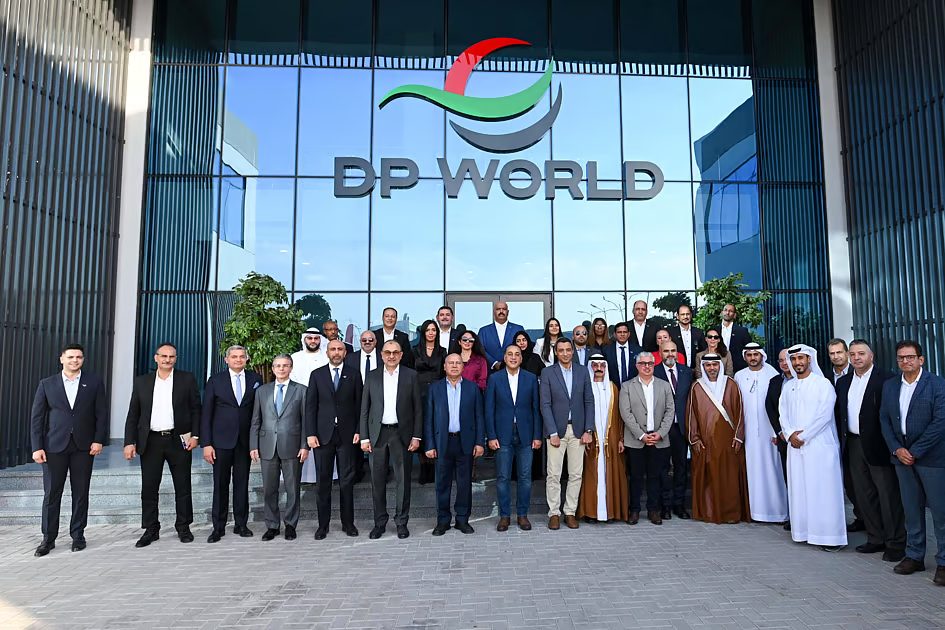Coinciding with Women’s Month in South Africa, leading supply chain industry body SAPICS has shared the results of its latest survey on Women in Supply Chain Leadership. Both men and women participated and one of the most troubling findings is a significant difference in how workplace equity is perceived by each gender, SAPICS says.
The results show that women and men have quite different realities on workplace fairness, with 89 percent of men asserting that career advancement opportunities are equal for both genders and only 57 percent of women surveyed feeling the same way. More than a third of the women respondents strongly disagreed with this statement.
This disconnect raises red flags, according to SAPICS. “If male leaders don’t see a problem, it’s harder to solve one.”
The gender pay gap and perception problems
The survey also highlighted major disparities in perceptions of pay equity. While 63% of men believe salaries are largely equal, only 25% of women feel the same. A concerning result is that 45% of women suspect that men are paid more for the same work. This divergence, or salary suspicion gap, as SAPICS has dubbed it, points to potential issues with pay transparency and the persistence (or strong perception) of a gender pay gap. “Men’s general confidence in equality contrasts sharply with women’s widespread suspicion of disparity. This underscores the critical need for organisations to proactively ensure and clearly communicate equitable compensation practices,” SAPICS states.
Transparency is also an issue in 2025, according to the survey results. Three quarters of the male respondents think that their organisations have transparent pay policies, but only a quarter of the women agree. This suggests a dangerous gap not only in policy, but in trust, SAPICS contends.
Misplaced assumptions about barriers
Another striking insight is that 46% of men believe “family commitments” are the biggest challenge facing female leaders. But only 10% of women agree. Instead, women identify limited opportunities (41%), a male-dominated industry (33%) and gender bias (29%) as their greatest challenges.
SAPICS notes that this shows that support strategies must be based on real barriers not assumptions. “If we’re trying to fix the wrong problems, we’re wasting time and reinforcing inequality.”
Gender discrimination remains widespread
The 2025 SAPICS Women in Supply Chain Leadership Survey showed little change in the statistics around gender discrimination. Almost two thirds of the women surveyed report witnessing or experiencing it. Only 17% of men reported this. This signals not isolated incidents but systemic issues and sharply different workplace realities, according to SAPICS.
Additionally, 85% of women reported experiencing resistance when leading male teams. This is a slight improvement from 2024 (96%) but still alarmingly high.
Despite growing global awareness and clear evidence that gender equity fuels innovation and profitability, the results of this survey underscore how much work needs to be done to break down barriers for women in supply chain leadership, SAPICS states. “Gender equity is not just a box ticking exercise, it makes good business sense,” the organisation stresses. “A study involving 21 980 companies across 91 nations, conducted by the Peterson Institute for International Economics, found that having a greater number of female leaders in senior management roles correlates with a 15% rise in profitability for an average firm. A McKinsey & Company report has consistently found that companies in the top quartile for gender diversity on their executive teams are more likely to have above-average profitability than companies in the bottom quartile. Research published in Harvard Business Review indicates that companies with a higher-than-average diversity in their leadership teams report a greater share of revenue from new products and services. The diverse experiences and viewpoints of women can lead to a more comprehensive understanding of consumer needs and market opportunities. A study by the American Psychological Association highlighted that gender-diverse teams are better at complex problem-solving. Women often bring different perspectives and a more collaborative approach, which can challenge groupthink and lead to more creative and effective solutions.”
Based on the findings of its latest Women in Supply Chain Leadership Survey, SAPICS is calling on supply chain decision makers to really listen to women’s lived experiences in the workplace. “We need to start by acknowledging the disconnect in perceptions and experiences across genders. Then, organisations must renew their commitment to actively combatting discrimination and providing safe, trusted reporting structures. There must be transparency and accountability around pay and promotion.”
For more information:
Email: info@sapics.org.za
ABOUT SAPICS: http://www.sapics.org
Since 1966, SAPICS has worked to elevate, educate and empower the community of supply chain professionals in South Africa and across the continent. This is done via membership, events, the annual conference and education courses and workshops through Authorised Education Providers and others.
SAPICS is registered in South Africa as a not-for-profit company. Its mandate is to ensure that any profits made are used towards the continual development and overall benefit of individuals and organisations in the supply chain management profession.
The annual SAPICS Conference is the leading event in Africa for the supply chain profession.






